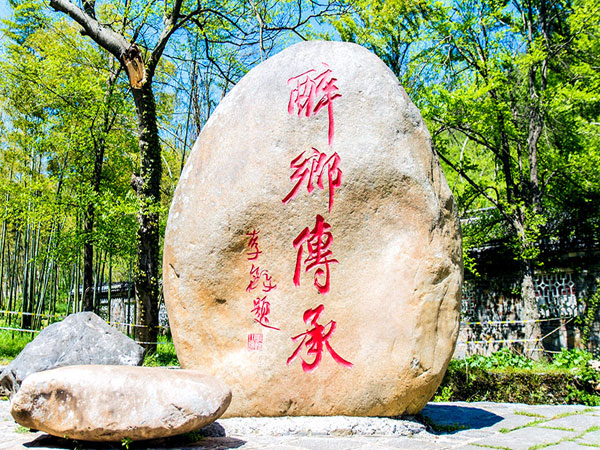About
Langya Mountain: China’s Human and Natural Treasure
Langya Mountain, located in the southwest of Chuzhou City, Anhui Province, China, is a national 5A-level tourist attraction (the highest rating for scenic spots in China) that blends history, culture and natural beauty.
It is named after Sima Rui, the first emperor of the Eastern Jin Dynasty, and is famous for Langya Temple, the “first pavilion in the world”.
With more than 85% forest coverage and an area of 115 square kilometers, it is a source of inspiration for generations of writers and ink masters, with its thousand-year-old historical relics, poetic landscapes and literary masterpieces.

Core Highlights
1. Langya Temple
The iconic attraction of Langya Mountain, made famous by the Song Dynasty literary hero Ouyang Xiu’s prose “Records of the Drunken Master Pavilion”.
3. South Heavenly Gate View
Climb to the highest point of Langya Mountain, overlooking the city of Chuzhou and the rolling valleys, the view is open and magnificent.
2. Historical Treasure
— Tang Dynasty Cliff Carvings: 7 authentic Tang Dynasty stone carvings, inscribed with poems and inscriptions by celebrities through the ages.
— No beam hall: Ming Dynasty architectural wonders, the whole hall without a wooden beam support.
— Luangya Temple: a Buddhist temple complex built in the Tang Dynasty, with ancient colors and Zen atmosphere.
4. A Wonder Of Nature
— Nine Caves and Eighteen Springs: Explore the deep caves of Guiyun Cave and Xuehong Cave, and taste the clear springs of Jean Spring and Maundy Spring.
— Rare plants: look for Langya Mountain’s unique Langya Elm, Drunken Elm, and Ouyang Xiu’s hand-planted “Ou Mei” (one of China’s four ancient plums).
— Shamxiu Lake: Enjoy a quiet time boating on the lake or strolling through the forest.
